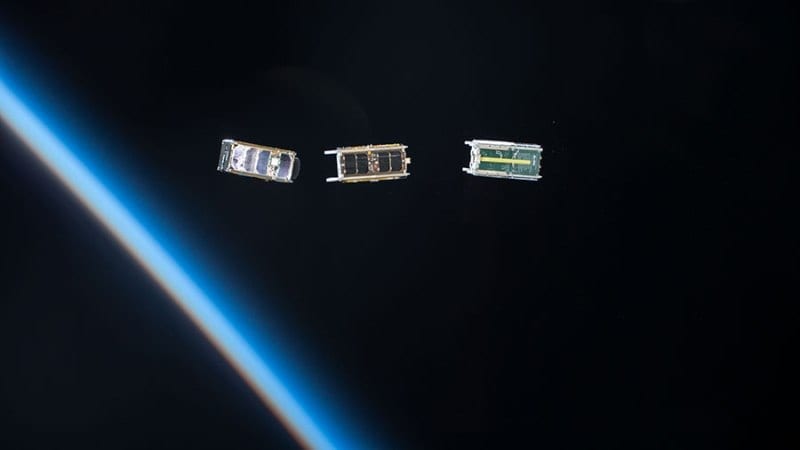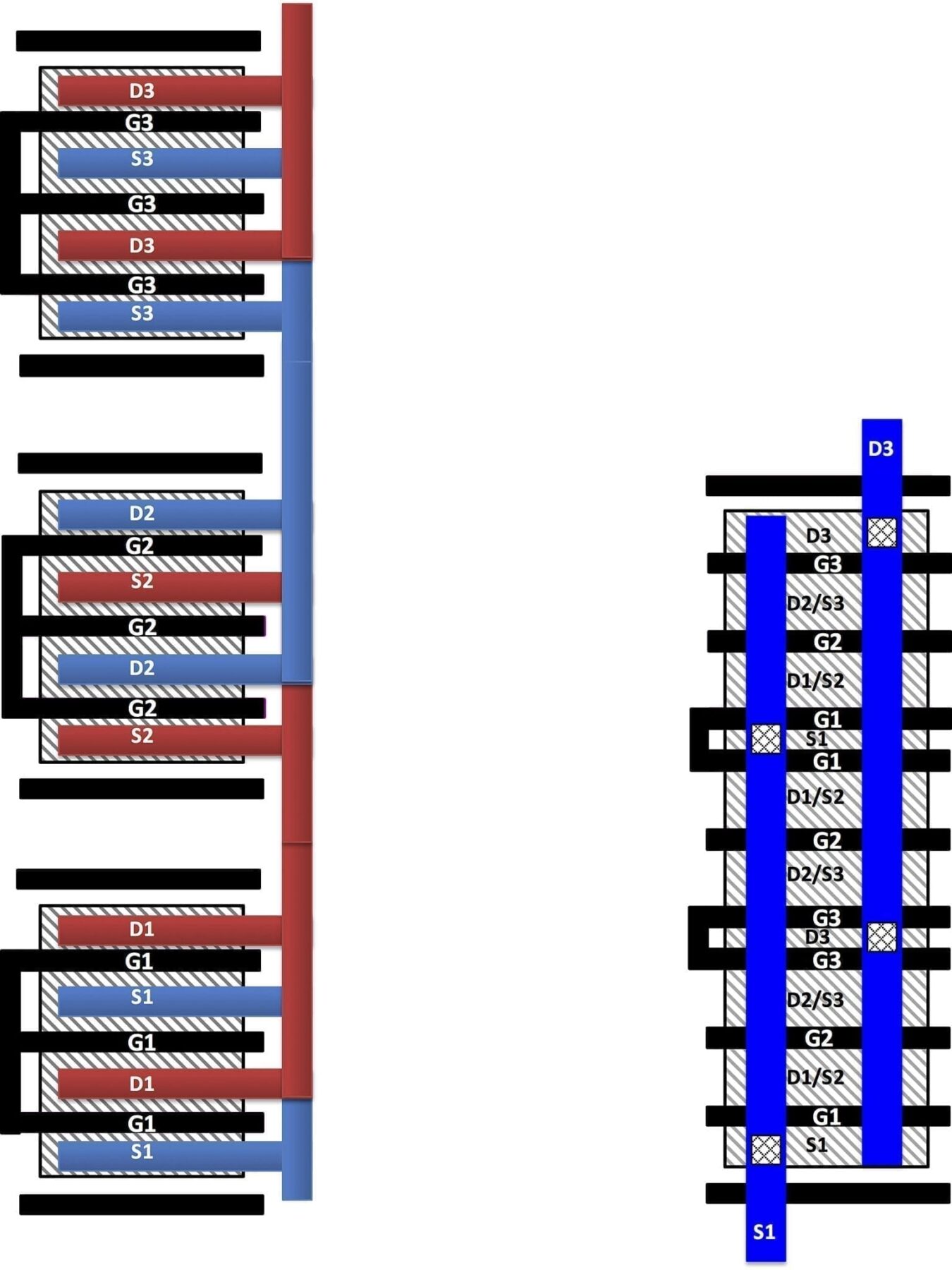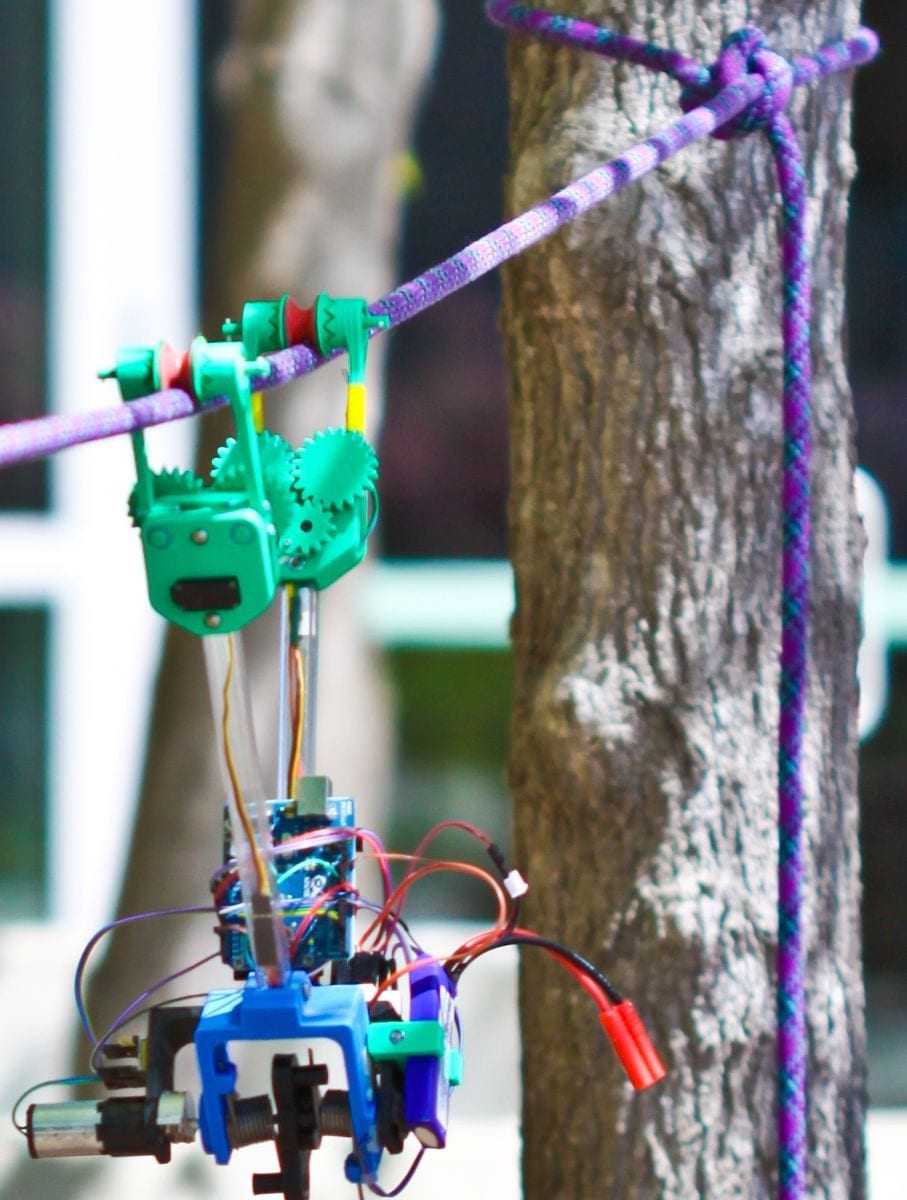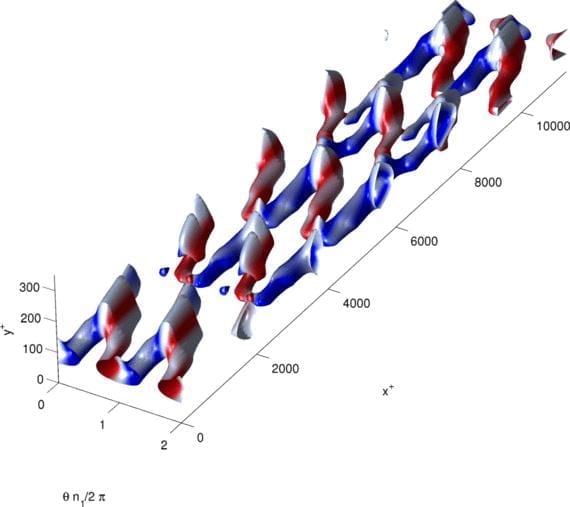
The new satellites, with some of the same off-the-shelf miniaturized technology that has made smartphones and laptops so powerful, will be far less expensive.
PEOPLE already worried about the candid cameras on Google Glass and low-flying drones can add a new potential snooper to the list: cameras on inexpensive, low-orbiting microsatellites that will soon be sending back frequent, low-cost snapshots of most of Earth’s populated regions from space.
They won’t be the first cameras out there, of course. Earth-imaging satellites the size of vans have long circled the globe, but those cost millions of dollars each to build and launch, in part because of their weight and specialized hardware. The new satellites, with some of the same off-the-shelf miniaturized technology that has made smartphones and laptops so powerful, will be far less expensive.
The view from high up is rich in untapped data, said Paul Saffo, a forecaster and essayist. He expects the new satellite services to find many customers.
Insurance companies, for example, could use the satellites’ “before” and “after” views to monitor insured property and validate claims after a disaster. Businesses that update online maps for geologists, city planners or disaster relief officials could be customers, too. The images could also be used to monitor problems like deforestation, melting icecaps and overfishing.
And food companies and commodities traders could use the images to keep track of crops and agricultural yields all over the planet, Mr. Saffo predicted.
But the images are also likely to be viewed as the latest mixed blessing by people already apprehensive of Big Brother-like surveillance in their lives.
First into space in the microsatellite business will be the San Francisco company Planet Labs, which plans to launch a fleet of 28 small satellites at the end of the year that will photograph the planet around the clock, with frequent updates. The company has already sent up two trial satellites for test runs, and will dispatch the entire set, called Flock-1, in December, said Will Marshall, a co-founder of the company and a former NASA scientist.
The Planet Labs’ satellites won’t be able to distinguish your face or read your license plate — the cameras don’t have that level of resolution. But the frequency with which images can be updated could raise privacy questions, said Timothy Edgar, a visiting fellow at the Watson Institute for International Studies at Brown University and a former director of privacy and civil liberties in the Obama administration.
The Latest Bing News on:
Microsatellites
- Japan announces plans to launch upgraded observation satellites on new flagship rocket's 3rd flighton April 26, 2024 at 1:41 am
Japan’s space agency announced Friday a plan to launch a major upgrade to its satellite imaging system, as a new flagship rocket is put to the test for a third time. The Japan Aerospace Exploration ...
- At Brown’s Space Horizons conference, participants explore sustainability beyond Earthon April 24, 2024 at 8:12 pm
Fleeter emphasized that Space Horizons is a multi-departmental event: the cornerstone sponsor is the Office of Sustainability and Resiliency — a wing of the Institute at Brown for Environment and ...
- Will China's satellite surge eclipse US space supremacy?on April 24, 2024 at 7:26 pm
China's relentless push into space technology is setting the stage for a high-stakes competition with the United States. As the space race heats up, China's rapid advancements in low-Earth orbit (LEO) ...
- Nanosatellite and Microsatellite Market CAGR of 20.1%, Segmentation Analysis, Growth, Share, Trends, Size and Forecast to 2024 to 2032on April 18, 2024 at 5:09 pm
Application error: a client-side exception has occurred (see the browser console for more information).
- Microsatellites' Stability Through Deep Time: Insights from Adélie Penguin Genomeson April 2, 2024 at 5:57 am
Microsatellites are valuable tools for studying inheritance, genetic diversity, and population dynamics across a wide range of organisms including bacteria, plants, animals, and fungi. These short ...
- Ancient Adélie penguin DNA reveals that small repeats persist for hundreds of millions of yearson March 31, 2024 at 5:00 pm
Microsatellites are valuable tools for studying inheritance, genetic diversity, and population dynamics across a wide range of organisms including bacteria, plants, animals, and fungi. These short ...
- DNA and Geneson October 19, 2023 at 4:52 pm
concentrating on identifying patterns called microsatellites reveals qualities specific and unique to the individual. During the early stages of this science, a DNA test was performed using an ...
- Getting rovers, crab-walkers and microsatellites into spaceon September 14, 2023 at 9:24 am
SRL has been developing microsatellites in the 50 kilogram class for more than two decades as part of its space technology research activities. Since the launch of its first satellite in 2009 ...
- Microsatellite markers for genome-wide association studieson December 3, 2021 at 3:15 am
but considerably less widely exploited resource of polymorphic variants — microsatellites. Furthermore, with regard to SNP haplotypes, it is important to remember that these are virtual products ...
- Queqiao relay satellite launched ahead of Chang’e-4 lunar…on May 19, 2018 at 5:00 pm
There were reports of two microsatellites joining this mission, providing a combination of radio astronomy and amateur radio outreach work – which enthusiasts would be able to download telemetry ...
The Latest Google Headlines on:
Microsatellites
[google_news title=”” keyword=”Microsatellites” num_posts=”10″ blurb_length=”0″ show_thumb=”left”]
The Latest Bing News on:
Microsatellite business
- Japan announces plans to launch upgraded observation satellites on new flagship rocket’s 3rd flighton April 26, 2024 at 1:44 am
Japan’s space agency says it's planning to launch a major upgrade to its satellite imaging system, as a new flagship rocket is put to the test for a third time.
- TME Pharma Publishes 2023 Financial Results and Provides Operating Updateon April 25, 2024 at 9:00 am
TME Pharma N.V. (Euronext Growth Paris: ALTME) (Paris:ALTME), a biotechnology company focused on developing novel therapies for treatment of cancer by targeting the tumor microenvironment (TME), ...
- Tucson companies vie for skilled workers in 'talent war'on April 25, 2024 at 9:00 am
Amid fierce competition for skilled employees, efforts are underway in Tucson to train a new generation of workers, as well as to attract new talent.
- Vividion Therapeutics and Roche Jointly Publish Landmark Nature Paper on Clinical-Stage Covalent Allosteric Inhibitor of Werner Helicase (WRN)on April 25, 2024 at 4:00 am
Vividion Therapeutics, Inc., a biopharmaceutical company utilizing novel discovery technologies to unlock high-value, traditionally undruggable targets with precision therapeutics for devastating ...
- Dhruva Space bags ₹78 cr in Series A2 funding roundon April 23, 2024 at 7:01 am
Dhruva Space raises Rs ₹78 crore in funding to build satellite infrastructure, expand operations globally, and launch customer payloads.
- Dhruva space raises Series A fundingon April 23, 2024 at 12:23 am
The fund will be utilised towards the upcoming spacecraft manufacturing facility, strategic business acquisition plans, and enhancing product offerings ...
- Dhruva Space Secures Rs 123 Crore in Series A Funding Roundon April 22, 2024 at 2:38 am
Hyderabad's Dhruva Space raises Rs 123 crore in Series A funding! Funds to fuel spacecraft manufacturing, development & global expansion.
- Dhruva Space closes Series A round funding at ₹123 croreon April 21, 2024 at 11:50 pm
Hyderabad-based Dhruva Space secures Rs ₹123 crore in Series A funding for expanding space engineering solutions globally.
- Fleet Space sent its latest satellite into orbit with SpaceXon April 17, 2024 at 4:02 pm
The Centauri-6 microsatellite launch brings Fleet Space’s constellation of low earth orbit satellites to seven.
- Terran Orbital's Tyvak International Centauri-6 Satellite Successfully Deployed into Orbiton April 16, 2024 at 3:31 am
Tyvak International SRL (“Tyvak International”), a Torino, Italy-based subsidiary of Terran Orbital Corporation (NYSE: LLAP) and a leading European provider of nano and microsatellites, announced the ...
The Latest Google Headlines on:
Microsatellite business
[google_news title=”” keyword=”microsatellite business” num_posts=”10″ blurb_length=”0″ show_thumb=”left”]










